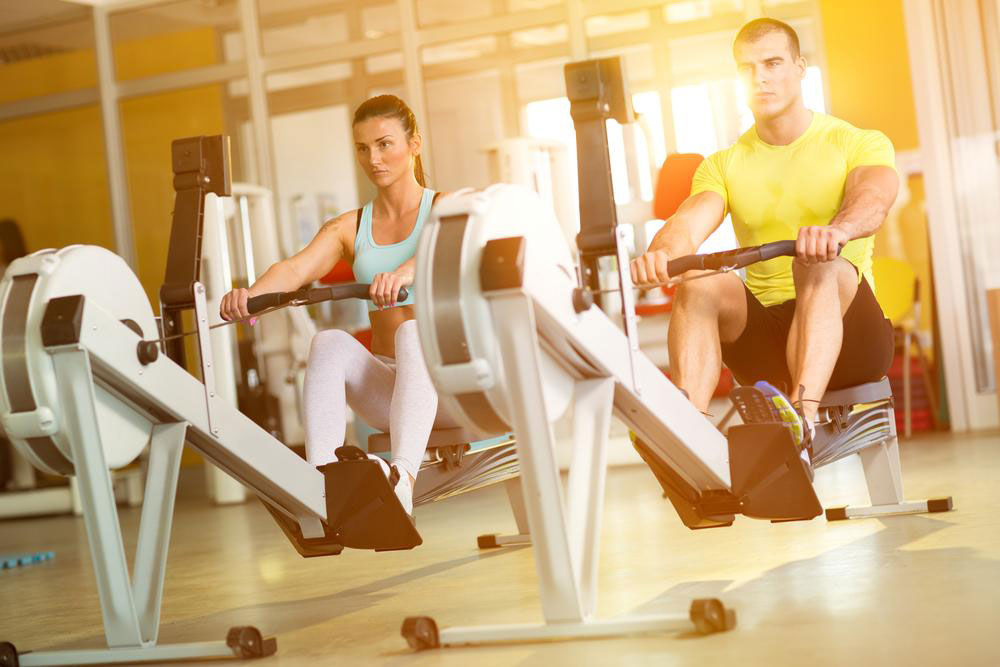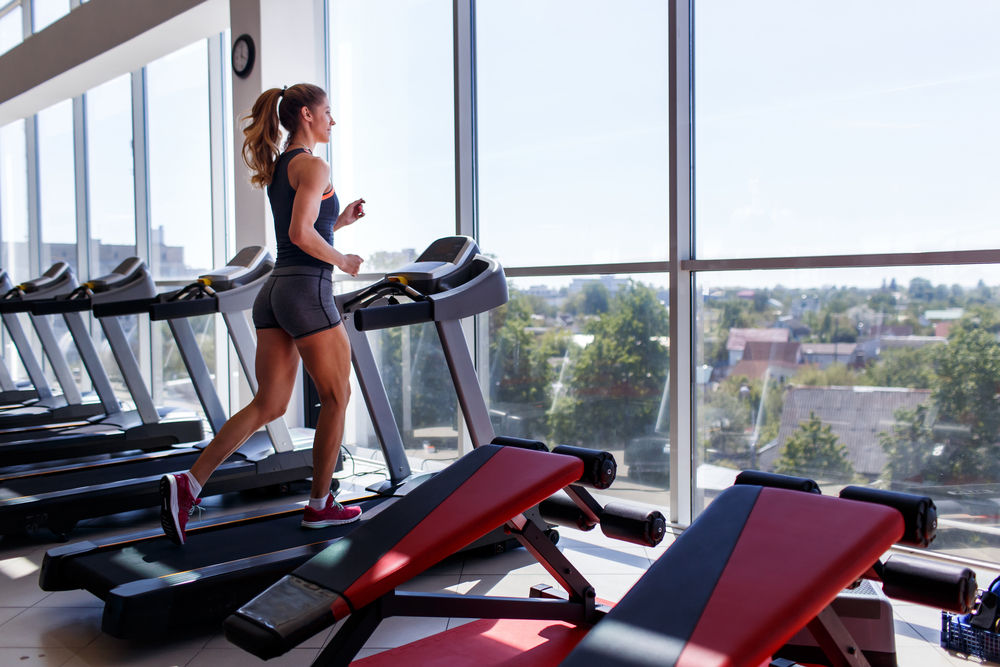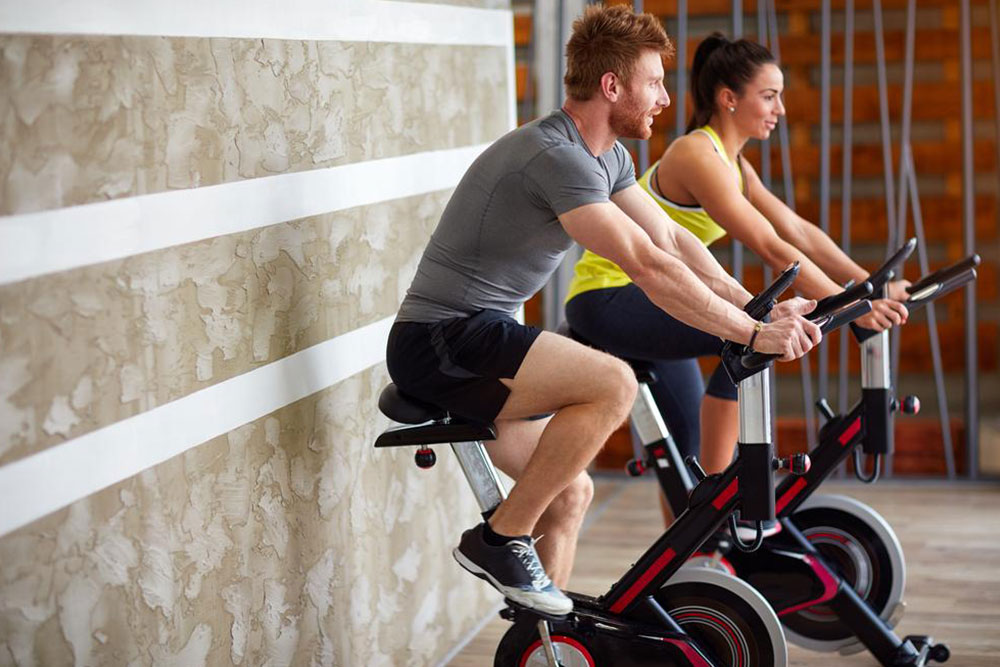The Ultimate Guide to Choosing and Using Treadmill Machines for Optimal Fitness
This comprehensive guide covers the history, components, types, and key considerations for buying a treadmill. It offers valuable insights into choosing the right treadmill for your fitness needs, explaining how these machines have evolved from basic devices to advanced equipment with multiple features. Learn about different treadmill designs, their benefits, and practical tips to enhance your workout routine, making it easier to maintain a healthy lifestyle regardless of weather or gym access. Perfect for fitness enthusiasts and beginners alike.

Understanding Treadmill Machines
The Evolution of Treadmill Technology and Its Importance in Fitness
The history of exercise equipment is long and fascinating, dating back thousands of years. Among these innovations, the treadmill stands out as one of the most effective and versatile tools for cardiovascular health and physical fitness. The modern treadmill has evolved significantly from its humble origins, transforming into a sophisticated machine equipped with advanced features to cater to diverse workout needs. Today’s treadmills are not just simple belts but high-tech devices that help users achieve their fitness goals efficiently and safely.
The term "treadmill" originally refers to a device used in ancient times, where a continuous stepping motion generated power for various tasks. Ancient mills powered by humans or animals used similar principles to grind grains, with the stepping motion translating into mechanical energy. Over centuries, the development of treadmills transitioned from manual, mechanical devices to electric-powered machines designed specifically for fitness and rehabilitation purposes. This progress has resulted in highly customizable equipment suited for both home and commercial gyms.
In this comprehensive guide, we will take a deep dive into the history, structure, types, and key considerations for purchasing a treadmill, helping you make an informed decision tailored to your fitness journey.
Modern exercise bikes and machines owe their origins to early mechanical devices, with William Staub creating the first home treadmill in the 1960s.
Inspired by Dr. Kenneth H. Cooper’s 1968 book on aerobics, Staub developed a safer, user-friendly treadmill suitable for personal use, revolutionizing home fitness.
Core Components of Modern Treadmills
The running belt forms the core of the treadmill, providing a smooth surface for walking, jogging, or running. It’s designed to be wide and long enough to accommodate various strides comfortably. The belt moves backward in response to the user’s movement, with speed adjustable to suit different workout intensities.
An electric motor powers the belt, controlling its speed and incline levels. The motor’s power determines how smoothly and quickly the treadmill responds to user input, making it essential to choose a machine with a motor that matches your fitness goals.
Most treadmills come equipped with digital monitors and sensors. These include calorie counters, heart rate monitors, speed displays, and distance trackers. LCD screens display real-time data, helping users track progress, set goals, and stay motivated during workouts. Advanced models also include pre-programmed workouts and connectivity options for syncing with fitness apps or wearable devices.
The Development and Purpose of Treadmills in Fitness Regimens
Over the past 50 years, treadmill designs have advanced considerably, offering features that support a wide range of fitness levels and personal preferences. They provide a private, controlled environment for exercising, which can be especially beneficial for those uncomfortable working out in public or outdoor conditions.
Weather-related issues like rain, extreme heat, or cold are eliminated, ensuring consistent workout routines regardless of external factors.
Another significant advantage is injury prevention—shock absorption and cushioning mechanisms minimize joint impact, making them suitable for rehabilitation and injury recovery programs. The primary goal remains clear: making fitness accessible, safe, and adaptable for everyone.
Types of Treadmills Available Today
Manual Treadmills: These operate solely through user effort, with no electrical components. The belt is typically roller-based, and movement is driven by the user’s walking or running motion. Manual treadmills are affordable, lightweight, and portable but usually offer limited functionality. They are best suited for walking workouts and are popular among budget-conscious consumers.
Motorized Treadmills: The most common type found in gyms and homes, these models are powered by an electric motor. They offer a variety of speeds, incline options, and workout programs. They are more durable, support higher weight capacities, and provide better stability, making them suitable for serious runners and fitness enthusiasts.
Hybrid Treadmills: Combining features of traditional motorized models with elliptical or stepping functions, hybrid machines allow for varied workouts. The semicircular movement pattern and flexible features make them a versatile choice for users seeking overall cardiovascular and strength training in one device.
Key Factors to Consider When Selecting a Treadmill
Space and Storage: Evaluate whether the treadmill is foldable or fold-away for easier storage in small apartments or home gyms.
Weight Capacity: Ensure the machine can support your body weight comfortably to prevent mechanical wear and ensure safety.
Size and Footprint: Measure your workout area carefully to choose a treadmill that fits well without crowding the space.
Performance Features: Look for maximum speed, incline degrees, and workout modes that align with your fitness objectives.
Comfort and Cushioning: A well-cushioned deck can reduce joint impact, making workouts more comfortable and injury-free.
Additional Features: Consider extras like heart rate sensors, Bluetooth connectivity, built-in speakers, and interactive screens for an enhanced workout experience.
Embarking on a treadmill-based fitness routine can significantly improve cardiovascular health, boost stamina, and aid in weight management. With ongoing technological innovations, choosing the right treadmill tailored to your needs becomes easier. Armed with this comprehensive knowledge, you can select a machine that will support your health goals for years to come, turning exercise into an enjoyable and sustainable part of your lifestyle.





